The epic of creating a robot with the scent of a dog
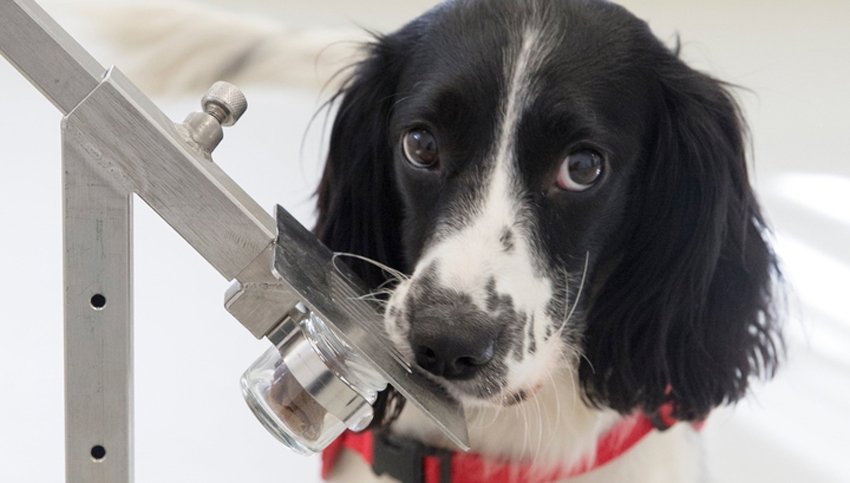
Andrei Mershin is still angry with dogs. “Well, actually, I love them,” says a Greek-Russian scholar in his comfortable office at the Massachusetts Institute (MIT). “But they just do me.”
He includes a video to show what he is talking about. In it, a black and white spaniel named Lucy comes up to six glasses with human urine. The dog sniffs them, sometimes - briefly, sometimes - a little longer, obviously trying to figure out something. In fact, she makes a diagnosis. Searches for control odor indicative of prostate cancer. It turns out that this cancer gives a characteristic note to male urine. Quite noticeable - at least for the dog. When Lucy finds a glass from a cancer patient, she sits opposite him and receives a treat from her trainers.
Among people - who flew to the moon, got a photo of a black hole and created autopilot cars - identifying prostate cancer is still considered a very difficult task. Basically, humanity is trying to test the patient’s blood for elevated levels of specific proteins (PSA). But the success of this lesson is extremely doubtful. The scientist who first discovered the PSA called the test “a little more successful than tossing a coin.” A false positive can lead to a biopsy of the prostate, an extremely unpleasant procedure in which a large cannula is inserted through the wall of the rectum to extract tissue samples.
On the other hand, properly trained dogs can detect prostate cancer with an accuracy of more than 90%, and for them this is not a problem at all. Lucy handles six samples in less than two minutes. Andrei Mershin cannot come to terms with this:
We have more than $ 100 million worth of equipment at the bottom. And does the dog defeat me? It just pisses me off.
Mershin is not a doctor. He is a physicist by training. He runs the Label Free Research Group lab, erasing the boundaries between physics, biology, and computer science. Mershin’s office has a pair of glasses that can measure brain waves, aviation magazines, urology books, and Python coding books. He refuses to wear the same socks and speaks very quickly with a Russian accent, constantly changing themes. He is short and plump, with a large shock of white hair, which now and then bounce when he is excited about something.

Mershin’s laboratory, with its $ 100 million equipment, is a couple of floors below his office at MIT. In one room, researchers are trying to invent new colors. In the other, to create the lightest and most durable materials on the planet. But her most intriguing project is the development of AO (instead of AI) - artificial smell. Simply put, they are trying to teach robots to sniff.
The world is already full of machines that can see, speak, and even (primitively) think. But try to find one that smells. The problem is that the sense of smell is still underestimated by the people themselves. Most creatures on our planet are guided in many respects by smell, but we are not one of such creatures. Immanuel Kant, for example, said that smell is “the most useless” of our five basic senses. In a 2011 survey, 53% of people aged 16 to 22 said they would rather give up their sense of smell than a smartphone or computer.

But in the last few years, it has become increasingly apparent that the smell, if you have a suitable nose for its perception, can be a real superpower. For thousands of years, people have used dogs to hunt down animals, then to find drugs and bombs. And it was only in the early 2000s that we began to guess that in reality there could be much more applications for a good nose. It all started when researchers suddenly realized that our pets could smell the early signs of melanoma. There are enough notes in the news about how this or that dog saved his mistress by starting to whine and poke in her chest. One of Mershin’s research colleagues, Claire Guest, herself was saved when, in 2009, her dog Daisy suddenly began to constantly push her nose under her chest, and Claire decided to check with the doctor just in case.
In the end, it turned out that there are 10 types of cancer with a particularly strong smell. The most notable are breast, lung, ovary, prostate and colon cancer. It also turned out that dogs by smell determine the time of day, the movement of air in the room. They can feel the approach of a diabetic episode in a few hours, understand the emotional state of a person without any visual clues. And not only dogs, cats and other animals also possess such “supernormal abilities”. And thanks to a Scottish nurse with a very pumped nose, scientists have recently learned that people with Parkinson's disease begin to emit a characteristic “woody, musky smell” - years before the first symptoms manifest themselves.
All this in the end is obtained not so much about dogs as about the world around us. The world we still know so little about. Events and illnesses and even mental states turn out to leave a characteristic mark in the air. Which only needs to learn to distinguish. It turns out that smell is often the best way to find and distinguish certain things. And the next method in turn is either too expensive (chromatography / spectrometry), painful (biopsy) or almost unrealistic (reading thoughts).

Imagine a car (sensors + AI) that can capture and detect aromas many times better than a dog. At a minimum, every hospital will want this. Every perfume company. Ideally, if prices go down - every person over 45 who is at risk for a number of diseases. And even further, with the development of technology, who knows, maybe we can even learn by smell in the crowd to identify a sexual rapist or a person who decided to kill.
Unfortunately, we have not developed robots that can smell, because the sense of smell remains a big biological mystery. Scientists are still trying to understand how we feel all these volatile compounds, how we separate one molecule from another, and how our brain is able to classify all this information so quickly. “There are more questions than answers in this area,” complains Hiroaki Matsunami, a researcher at Duke University.
Andrei Mershin, however, believes that we do not need a deep understanding of how mammals smell, to build an artificial nose. He puts on the fact that everything will be exactly the opposite. To understand how the nose works, we first need to create it! With his brilliant teacher, Shuguan Zhang, Andrei Mershin developed a device that even his main rivals, dogs, can learn something from.
Odor theory
In May 1914, Alexander Graham Bell turned to the graduates of a school in Washington. The 67-year-old inventor of the phone was a rather unusual person, and his speech was also different from the standard "farewell adulthood." Instead, he gave the students a series of questions, suggested areas of research that could bear fruit if one of the youth seriously took up this issue. One of his questions was “Can I smell?”:
What is aroma? Is it the emission of physical particles in the air, or is it a form of vibration, like sound? If it is radiation, you should be able to weigh it, and if it is vibration, you can try to reflect it from the mirror. If you have the ambition to discover a new field of science, try measuring odor.
More than a century has passed, but no one has solved this Bell riddle. And there is still debate whether the smell is a vibration or a chemical reaction between particles. (Vibration theory is much more controversial, but no one understands the sense of smell so well that it can be completely eliminated). In fact, only recently, in 1991, scientists were able to study the basic genetic and physiological factors of smell perception in mammals.
Then biologists Linda Buck and Richard Axel published their work on 1000 genes that are responsible for about a thousand olfactory receptors in mice. All of them, it turned out, are located in the epithelium at the top of the nasal cavity, exactly at the place where the skull begins. When we take a deep breath, the molecules pass by these receptors, and those excited, send a signal to our brain. But even this, scientists said then, only shows how the perception of (some) smells begins. And how interaction with receptors occurs is also not entirely clear.
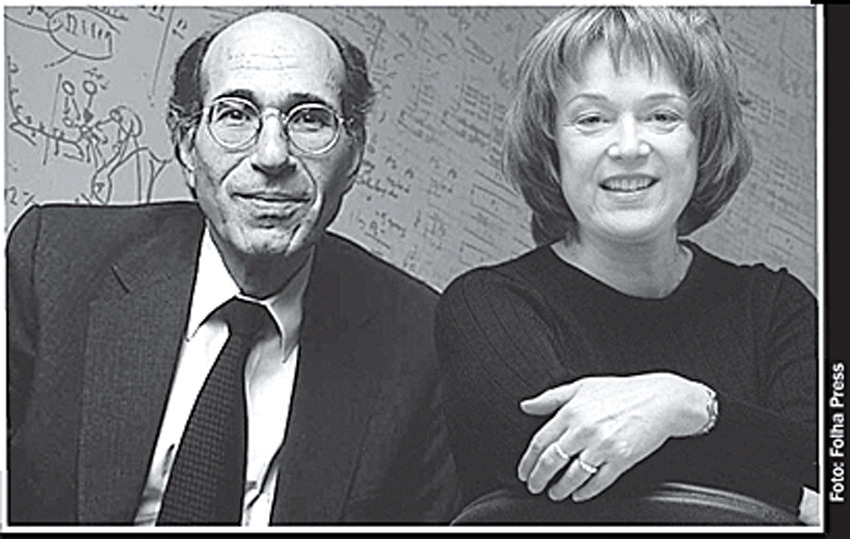
In addition, the number of receptors they discovered created a mathematical problem. Humans have about 400 of these olfactory receptors, 2.5 times less than mice. But we can feel about 10,000 different smells. How is that?
Buck and Axel put forward the theory that smell is a matter of combinations. Each receptor is only responsible for capturing certain molecules, and we smell a characteristic odor when several different receptors “turn on” at the same time. Researcher John Kayer compares this theory with playing the piano:
The piano has only 88 keys. If each key was responsible for one smell, you could feel only 88 different smells. This is obviously not the case. But if smells are like chords, the math starts to take shape.
Buck and Axel received the Nobel Prize in 2004 for their work. Now Mershin and other scientists are following in their footsteps: they took for the postulate that smell is just a list of molecules that the skin in our nose registers and passes on to our brain. If you want to understand the smell of garlic, you just need to disassemble its chemical components. And somewhere in these molecules, in their specific set, the history of this smell is spelled out.
Immersion in the world of aromas. First odometer
Not much time passed after the publication of Axel and Buck, as serious work began on the creation of an artificial nose. DARPA , responsible for the development of new technologies for the US Army, in 1997 allocated $ 25 million to the project. They wanted to replace dogs in matters of mine search. The program was called “Dog Nose”. The agency funded teams of scientists across the country to build sniffing machines and bring them to the field in Missouri for testing. The earth was dotted with all possible types of mines, from small fragmentation devices aimed at defeating a person to hefty units designed to undermine a tank.

To step on mines, of course, was safe, they were neutralized. But still, there was a charge in them (after all, they should have been found by smell), and therefore they could be blown up - say, if lightning struck them. John Kayer, who was one of the participants in that program says, they then had to evacuate as soon as they saw signs of an approaching thunderstorm.
For testing, Kayer built a gray device the size of a shoe box. He called it ScenTrak (now its upgraded version, by the way, is sold online). There were no real receptors in it. Instead, it was filled with long chains of molecules (polymers) that Kayer knew would react to DNT, the molecule that occurs in most mines. If there was explosive near ScenTrak, the DNT was attached to the polymers and they sent a signal. The box began to shout "Mina!".
Well, that’s how it worked under ideal conditions. In the laboratory, the machine perfectly felt the "smell" of the DNT molecule. But on the field, with fresh air, wind and dust, his device malfunctioned. Polymers reacted to everything - DNT, weather, plants, some types of soil.
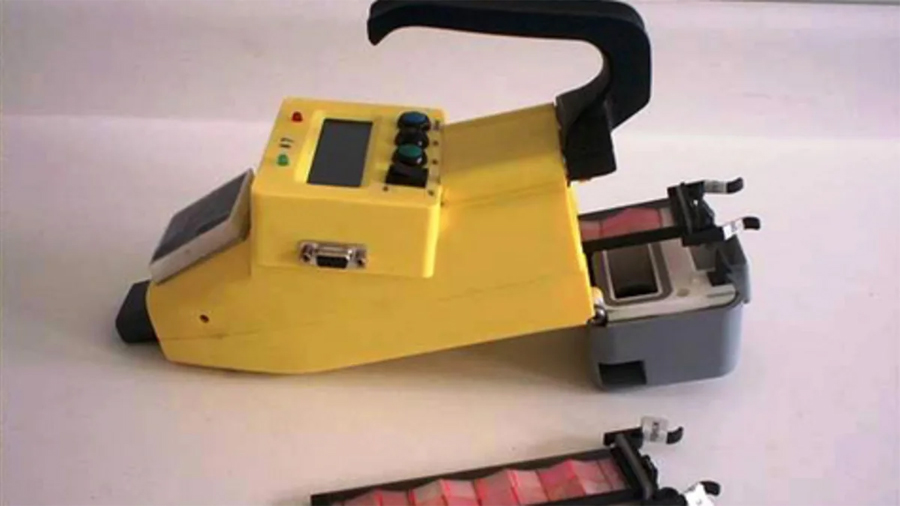
Scentrack
Other devices participating in the competition (one called Fido, the other Cyranose) worked on the same principle. All of them used polymers sensitive to certain substances. And all of them had serious limitations, they worked only under strictly defined conditions. (The most successful, by the way, was Fido , which is now used at checkpoints to detect explosives at very close range).
All this, however, could hardly be called a sense of smell - just as it cannot be said that the carbon monoxide detector, which includes an alarm, “smells smoke”. In addition, for some reason all these sensors work very poorly in an environment with a lot of smells, constantly giving false positive signals, even if there is no explosives anywhere near.
Now scientists think that the reason is in the too primitive theory on which these devices were built. The idea from the beginning of the 90s about molecules and receptors calculated for them is, in fact, only the tip of the iceberg. It turns out that sometimes molecules with an identical shape have a completely different smell. And sometimes substances, the molecules of which do not resemble anything at all, smell the same to us. In other words, the shape and composition of the molecules does not always determine the aroma.
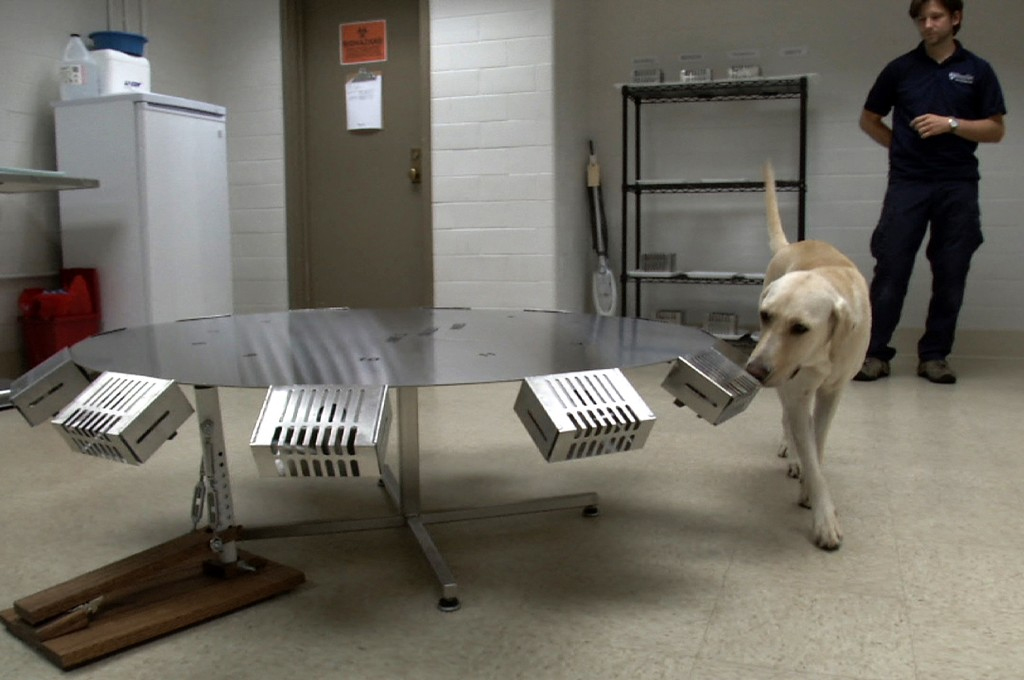
Now the theory has been supplemented, made even more difficult (and it is still not well understood). In short, each receptor “ loves ” certain molecules more, but is able to capture almost everything. New combinations of collected molecules are constantly forming in our nose, and this combination of data from all our receptors determines how we smell. The piano has not just 88 keys with chords, it also has pedals and speakers. Dr. Zhang says:
You can hit each of the keys in the chord with different strengths. Weakly, you get one sound, more powerful - another.
In general, the theory of smell turned out to be so complex that even people have little desire to take on it. It’s still possible to define one molecule, but to feel a specific set of them, and even with the desired intensity, and even if this intensity should be different for each molecule ... Brr. No, thank you.
Dr. Zhang
Mershin and Zhang are a strange but harmonious couple. Mershin rarely goes the same way twice. When we got lost on the way from the MIT cafeteria to his office, he admitted that this happens to him regularly. Moreover, he is lost "in thoughts too, not only geographically, but also intellectually." In his own words, he is dyslexic, synesthetic, color blind to pink and gray, he does not remember the face, he has attention deficit disorder. Sometimes he forgets the address of his house. He is also voraciously curious and eagerly attracted to any new knowledge.
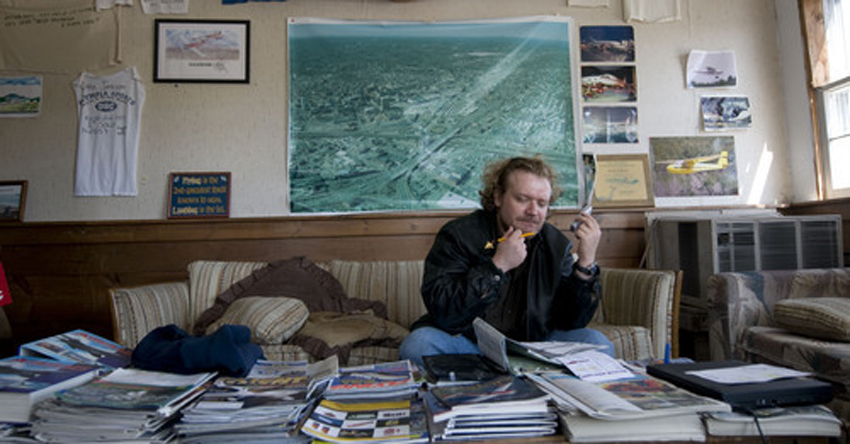
Once, in order to understand the meaning of aromas, he developed a game for his children in which they had to soak a cotton ball with perfumes, blindfold themselves, and then try to find it. In addition to smells, he is now busy building houses in Namibia from mushrooms and ways to remove heavy metals from the water. “I can’t do one thing. But I like to work with people who are very focused on their goal, and have learned to do some specific thing better than anyone else in the world. ”
Zhang is just such a person. If Mershin is constantly bustling, Zhang is always calm and focused. He believes that in order to achieve something, one must go deep into one project, one question. He has been studying the sense of smell since 2003, trying to understand the receptors and their work. Decades have passed since the publication of Buck and Axel, but so far no one has even been able to look at them - either under a microscope or by X-ray crystallography. This is one of the reasons why the sense of smell remains such a mystery. We cannot see at the most primitive level what exactly these receptors do. Do they bind molecules to themselves? How? Do factors such as air humidity or other substances affect their work? No one knows.
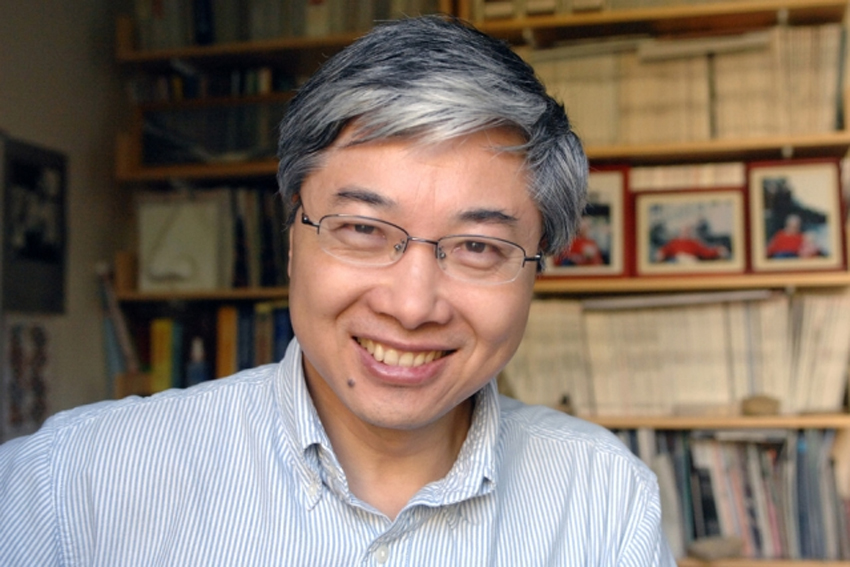
Zhang spent many years developing a method to see the receptor. From what he knows, these are membrane proteins with a very complex structure. Each is like a long thread wrapping and passing through a membrane that separates the cell from the outside world. If this complex pattern is changed even a little, the receptor will not work. Even if you tilt or flip such a receptor protein, it will refuse to fulfill its function.
About half of the receptor is outside the cell, ready to accept new molecules. When he sticks to it, it changes shape, and the cell sends a signal to the brain.
To understand a few of these facts, and to find out the exact structure of the receptor, Zhang worked since 2003. But he still has not seen a single person: they react too negatively to any external environment. And they are too small.
But the work of Shuguang Zhang was not in vain. When DARPA in 2007 launched a new project, RealNose, to search for the smell of improvised explosives in Iraq and Afghanistan. This time, polymers and other artificial drugs that mimic the functioning of receptors were not good. The conditions were too harsh, and there were too many odors. Scientists had to build a device based on the old-good sense of smell of mammals.
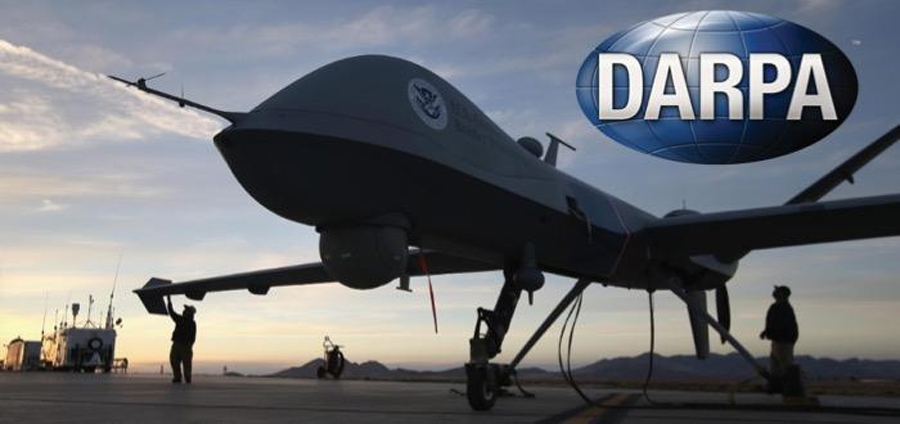
Zhang really wanted to get such a grant. His laboratory was one of literally two or three in the world dealing with this issue. But Mershin did not want to be restricted. "For many months I rebelled, told them at DARPA that using real receptors is a stupid requirement." Why was a biological structure needed if it was much easier to work with artificial ones? At least they did not stop functioning if they were tilted or turned over. “We want to fly like birds, but we do not build feather wings and fuselages of airplanes!”
But the amount of the military grant was very serious, and Andrei had to put up with it.
Race with DARPA
Mershin and Zhang decided that they would try to grow real receptors in their laboratory, and then, in fact, smear them on a printed circuit board. They thought, statistically, if they stuck enough receptors, some of them would survive, and with orientation in the right direction. Then they would draw current through the board. When receptors would react to volatile compounds, they would change their shape, as in a normal nose. There would be a surge.
This prototype is still in the laboratory of Mershin: a plastic bottle with two metal nozzles held by epoxy resin. From there are wires attached to a small chip. Obviously, a substance with a smell was poured into the bottle, and this should somehow affect the current.
It was a failure. The receptors seemed to work, but the bottle was too big, and the smells in it lasted too long to get a clear picture. In the future, I had to “blow” air with the right aromas to the chips in order to try to teach them how to react only to certain smells.
In the end, Mershin takes out the device, Nano-Nose (“Nano-Nose”) - which he and Zhang introduced DARPA. It is about the size of a large pan. It says, "Property of the US Federal Government." The surface is almost bulletproof (“So the military wanted it!”). It also weighs decently.
Inside there are eight boards, each about the size of a bank card. Each in a separate container with its own air. So Mershin and Zhang fight false positives: only if all the boards show a signal, the sensor says that it sensed something.
Scientists have been building this device sleepless 15 months. And it still wasn't finished when it came time to show the DARPA result. They had to load a large van with all the laboratory tools - hoses, tubes, syringes, a 140-pound table, a frequency generator costing $ 70,000 - and so go to Baltimore, where there was a presentation. They even brought their own flavoring method, a modified inkjet printer. The system was modified on the road, and then - in the hotel room.
On the spot, DARPA gave them a list of odors that their artificial nose should recognize. Mershin initially wanted Nano-Nose to have an AI built-in that recognizes sensor readings, drives them through its bases and displays a list of the connections found in the air. But there was no time for this.
Instead, they began to send their nose the smells of the substances that he was supposed to find, and recorded his indicators. Next, a laptop and a pattern matching algorithm were connected. If the performance of all eight boards was plus or minus as in the sample, their nose gave out "Bingo!" That's all.
The DARPA test was very comprehensive. Mershin and the team were not allowed into the room with his car. And even to go to the toilet for the duration of the test was possible only with an escort. But it was all worth it. As a result, Nano-Nose won the competition for sniffers. In sterile laboratory conditions, he even showed greater accuracy than dogs (he could detect smells of a lower concentration, from a smaller volume of substances).
New understanding
A supercomputer with AI was not needed. On the contrary, it turned out that Nano-Nose works better without it. For Mershin, this was a revelation. It turns out that our nose is not an analyst. He does not check odor components in any way. “We thought when you sniffed something, a list of molecules and their concentrations appeared in your brain, and we tried to recreate this system. But in reality, only your sensation from these molecules is important, and not themselves. ”

It turned out that the Mershin system, created because of the deadline, perfectly recreates the way mammals recognize odors. Our brain just remembers what it sniffed, and how it looked, and then reacts if it feels a similar combination. Information is sorted based on what the brain thinks is important. We can stop hearing smells in the room if they are not interesting to us. Our receptors still pick up different compounds in the air, but we do not respond to them. But if we find ourselves in an unfamiliar room or focus on the recognition of aromas, our nose seems to become more sensitive (although in fact it is not).
Mershin understood: to understand the smell and use it as a tool, he does not need a list of molecules. He just needs to know how something smells. No matter what it consists of, the main thing is how it works. “This was the most important lesson in my entire scientific career,” he says.
Cars against dogs. Round 2
But on the way to creating a full-fledged organ of smell, which can “wipe the nose” of our smaller brothers, mankind (and Mershin) still has many obstacles. Paul Wagoner, a scientist studying the sense of smell in dogs at the University of Auburn, estimates that we need “at least a few more decades.” Moreover, they are not even thinking about some factors.
“It all starts with the air sampling process,” he says. - “Cars do not yet know how to breathe well. Dogs can inhale and exhale about five times per second, with nostrils that regulate the inflow and outflow through different channels. They create a pressure drop inside, essentially a "smell funnel", which allows them to accumulate molecules and accurately understand their origin. Cars for a long time will not be able to compare with the smell of a dog, for example, if the target is far away. And this is just one aspect of what we need to work on. ”
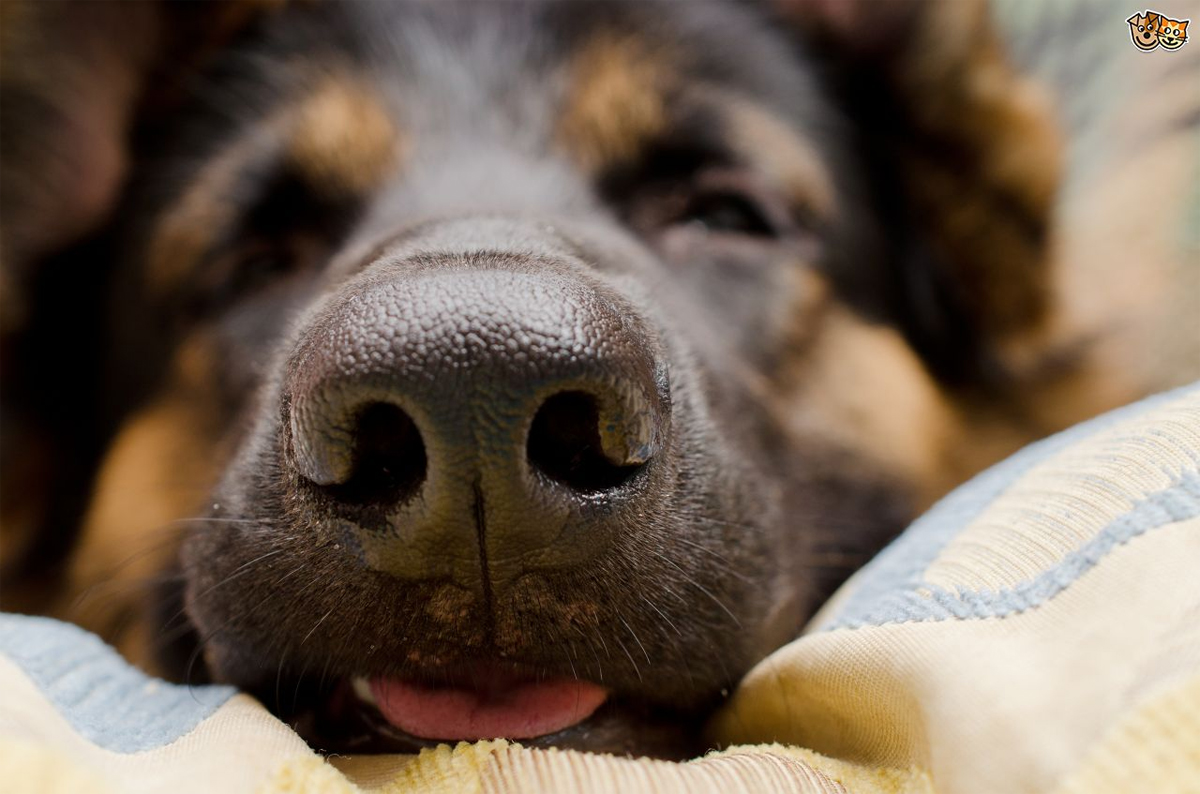
But switching to a "robo-nose" is inevitable. Dogs get tired, they are distracted, angry. Even disappointed in their abilities, just like people. They are highly dependent on the emotions of their master. And, of course, they do not scale. Too small a dose, a very reliable container, a nose that does not work well that day - and that’s all, the drug was carried over and the bomb exploded.
Installing a dog in every pharmaceutical laboratory, hospital and other facility requiring a “smell specialist” also fails. First, dogs need to sleep and walk. Secondly, quite skilled and trained dogs that can smell explosives or diseases, and then tell people about it, cost $ 25,000 per nose, and they are already scarce. In the United States, the military, police and airport security compete for them, and these are some of the most coveted and sought after agents.
With "medical" dogs it is even more difficult: there are very few of them, and it is too difficult to attract them to work in the hospital. Despite the incredible discoveries of the past few years, showing their 90-100% success in detecting cancer even in the early stages, so far the doctors are in no hurry to get dogs for themselves. They need the “equipment” to work 24 hours a day, without time to rest, otherwise there is little sense in it. Dogs can never replace tomographs and other reliable equipment.
Back in his MIT laboratory, Mershin takes out a white flat plastic object from the shelf, slightly smaller in size than a smartphone. This is their new Nano-Nos, a revised and greatly reduced version of the “pan” that DARPA represented. Around the "Nose" - a bunch of wires designed to send smells inside, and measure a variety of parameters.
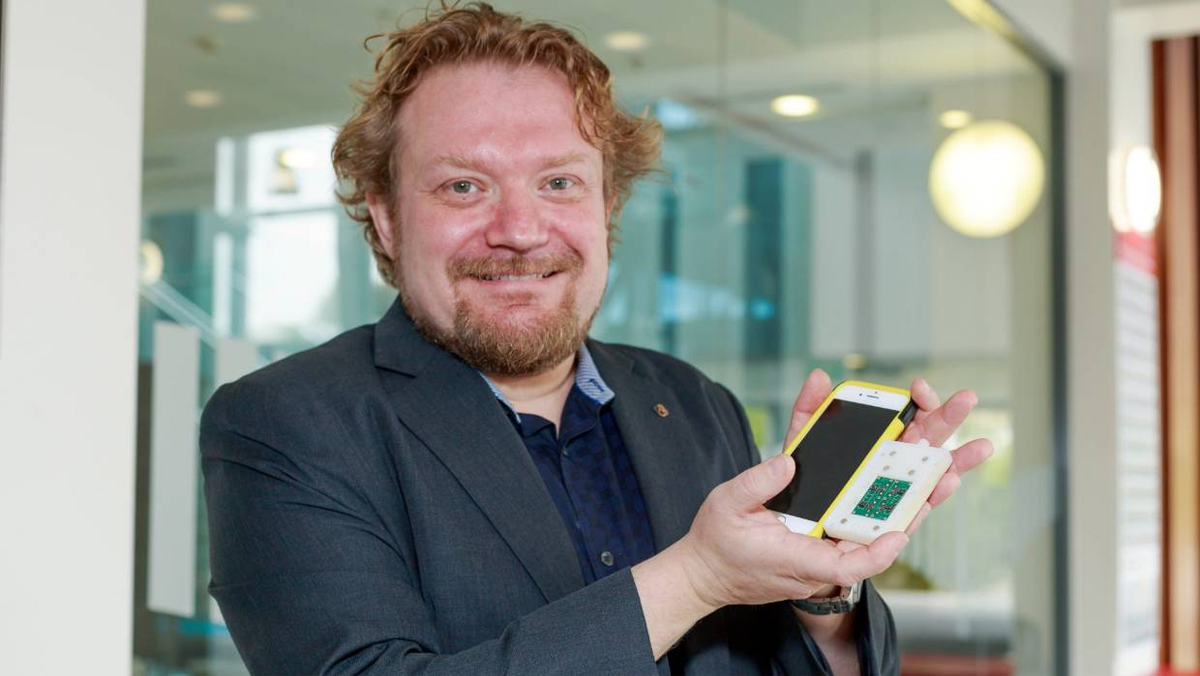
Over the past ten years, Zhang has seriously redesigned the receptors located inside this device. Most importantly, he stopped growing them in embryonic cells, and now they are cultivated in a biologically inert form. Everything happens in vitro. Receptors are still very sensitive and need to be handled very carefully, ”Mershin says, this is by far the most difficult part of the device. But they are much more stable and manageable than their "100% organic" counterparts. Scientists also managed to several times reduce the fees of Nano-Nose. The device can now be put on a bioreactor, in the warehouse of the factory (to check the quality of products) or in the granary. But Mershin and Zhang say that so far they do not want to turn their research into a business.
So far, the only company developing a commercial “sniffer” is a small startup from Silicon Valley, Aromyx. His idea is in some ways even more ambitious than Mershin and Zhang. In Nano-Nose, there are only about 20 types of receptors that scientists adjust to each device, depending on its purpose. But Aromyx wants to “pack” all 400 human olfactory receptors on its chip. When an odor appears near the chip, the receptors detect it, and the necessary ones (sensing these molecules) turn on, and the chip detects the pattern that has arisen.
Then it remains to remember this “activity pattern” that has arisen, and give it a name - say, it will be Coca-Cola or Chanel No. 5. , , , , , . .
Aromyx , . , - -: , .
Aromyx 400 . , , « » , ( ).
– , - . , . , – . , . . – . , . , .
. Medical Detection Dogs, . ( , , ..), I-, . , , «» -.
, , , . , - . , .
- , . , , , - , . , , , . , , , . , , . , .
, , . ? , , , ? -, , , , ? ? – «» ( )?
. , , , . « , . , , ». « . ». , , – . .
PS Pochtoy.com can deliver any gadgets and goods from the USA. Now - not only to Russia, but also to Ukraine , thanks to cooperation with New Mail. The parcel cost is 0.5 kg from $ 11.99 (for Ukraine - from $ 8.00). For new registrations with HABR promo code - 7% discount on first delivery, plus free redemption from American stores by our operators.

All Articles